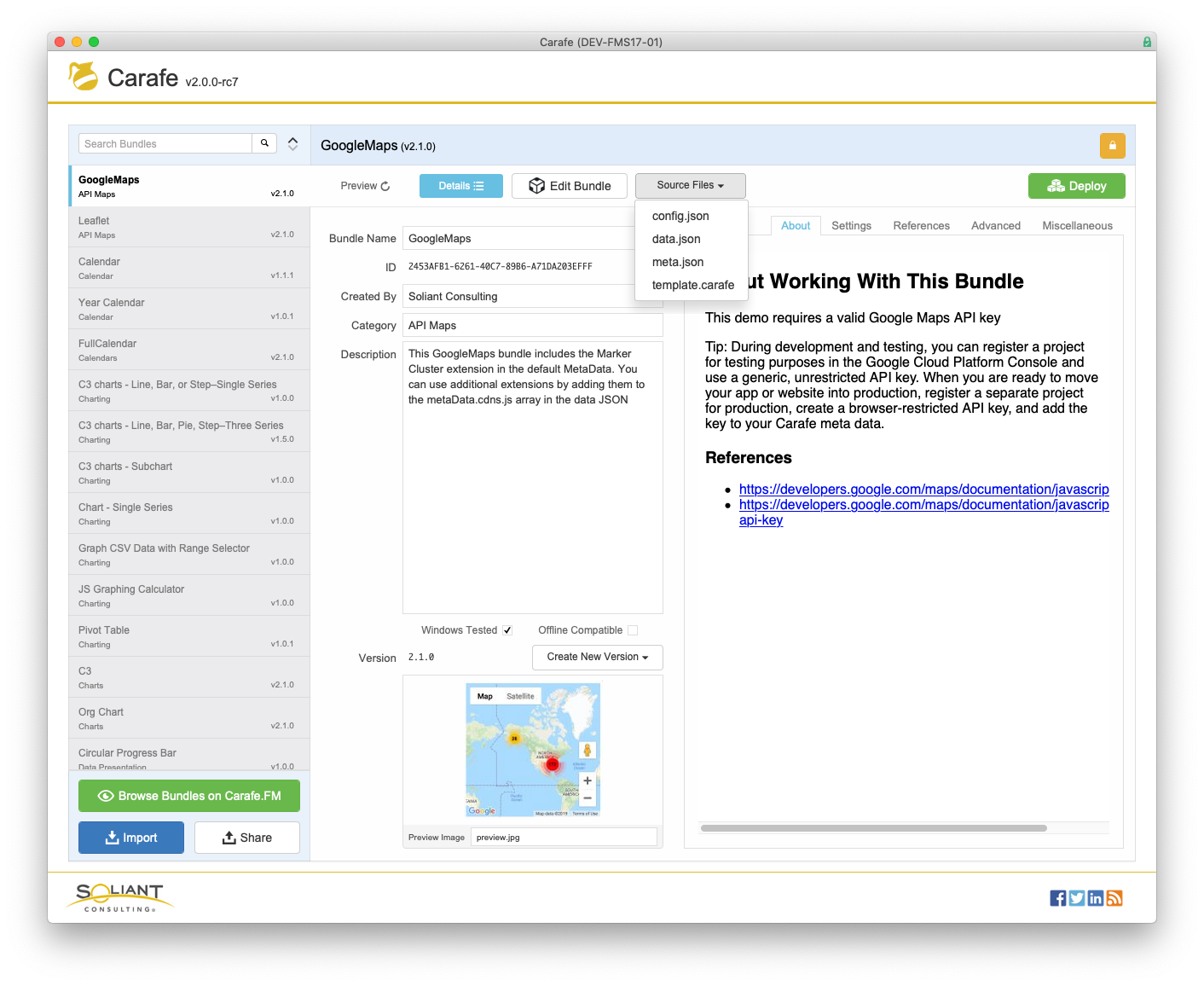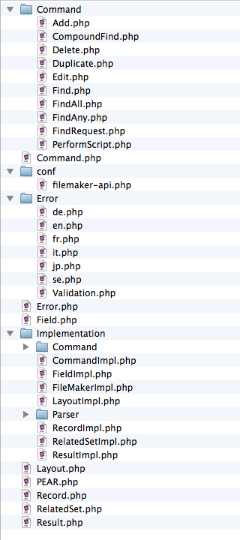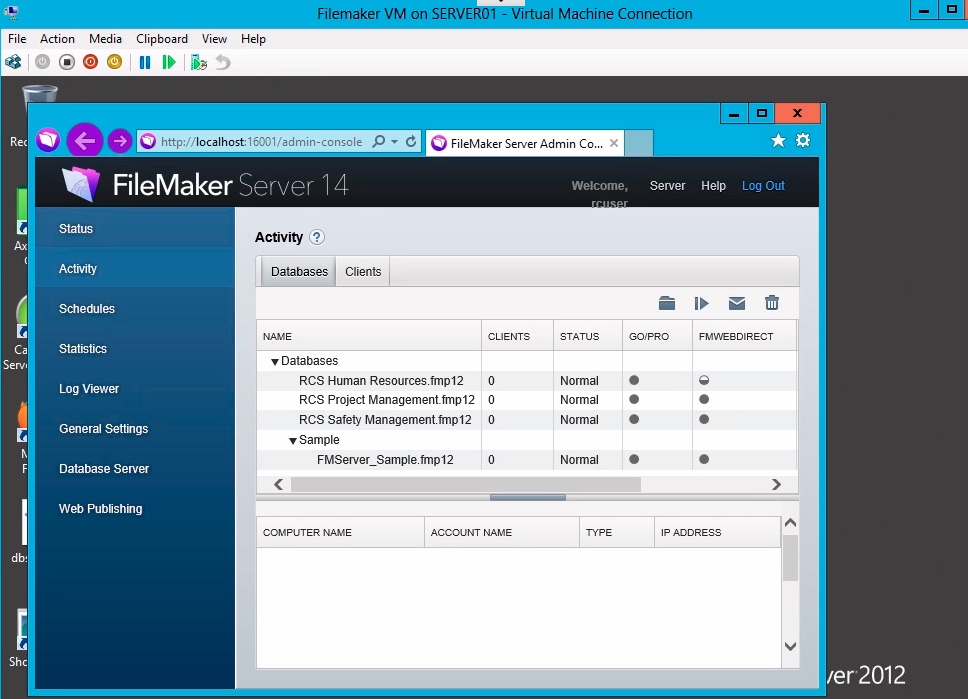

- #Filemaker baseelements github for mac#
- #Filemaker baseelements github install#
- #Filemaker baseelements github plus#
- #Filemaker baseelements github zip#
- #Filemaker baseelements github download#
#Filemaker baseelements github install#
An example file url would be : file:///Users/nick/Desktop/Ĭreate a script that checks what version of the plugin is installed via the BE_VersionAutoUpdate function, and then uses the Install Plug-in File script step to install the right plugin for each platform if required. You can also use a file link if you've downloaded to your computer. Examples of the urls to use in the Insert From URL script step are : Mac: You need to have a file with container fields, and then run a script to do Insert From URL and set the container field where you want to store the plugin file.
#Filemaker baseelements github download#
This has the advantage that you can download the Mac plugin on Windows, and have it decompress into a working uncompressed bundle inside FileMaker Pro. gz versions which are files that can be inserted into a container field via an Insert From URL step, and will be auto de-compressed by FileMaker automatically. However, all versions are also available as.
#Filemaker baseelements github zip#
zip files for ease of download and decompression on all platforms. Installing a plugin direct from the web or from disk gz version from the web, directly into a container field : You either need to unzip and copy from a Mac or download the. However, you can't unzip the Mac plugin on Windows or Linux and have it still work on the Mac. The easiest way is to drag and drop the plugins into corresponding container fields, one for each platform. Getting the Plugin into a container field This could be a single record Plugins table you create just for this purpose, or could be global fields that you set in the file when it's not hosted.Īll of the scripted methods require that the BaseElements plugin is first inside a FileMaker container field. So one for Win32, Win64, Mac and Linux, or only one if you are only ever on a single platform. If you're starting from scratch to build this yourself, it's not complex, but there are a few steps.Ĭreate a FileMaker file ( or use a table in an existing file, or create a new table) with container fields to store all of the versions of the plugin you need to install.

You can use a script that runs via the On First Window Open trigger, to check for the latest version and install it if required. The scripted install is the best way to keep plugins up to date on any system that is being used constantly and where you want to check that the plugin is active before you let a user do tasks that require the plugin. Recommended : Scripted Installation for Client or Server

There's also different locations on server for different functionality, so a plugin that does a calculation that displays in WebDirect will need to be installed for that, and will be a different location than one for Perform Script on Server scripts.Īlso when you use plugin functions inside stored calculation fields, these can often be evaluated on the server, so the plugin needs to be installed there too. And some behaviours, especially around file paths, will be different on each platform.
#Filemaker baseelements github for mac#
Each FileMakerPro client will need to have a copy of the plugin installed locally for them to be able to use plugin functions inside scripts and calculations that run on the client.Įach FileMaker Pro client with a different OS needs a different plugin - so there are different files for Mac vs Windows for example. You can install plugin on FileMaker server - this doesn't not do anything for FileMaker clients being able to use plugin functions though. The first thing to understand is the difference between a server and client install.

fmplugin file, now what do you do? Server vs Client installs
#Filemaker baseelements github plus#
Plus you can used BaseElements to look at where your solution is being slow and why by tracing fields and scripts through their dependencies and optimising them for the best outcomes.īaseElements is an essential tool for all developers from small to large.You've downloaded the plugin file, and got a. It can speed up your solution by allowing you to remove elements that are no longer being used, saving you space but also allowing you to avoid maintaining sections of the solution that don't need to be maintained. Because it captures everything in your solution, you can know more about your solution than it's possible to know as a standard developer.īaseElements gives you the ability to see all of the elements in your solution from the outside, and will tell you what is being used and where, and what is broken or not being used at all. BaseElements is a FileMaker Developer Tool for analysing FileMaker Pro solutions.īy importing the Database Design Report from FileMaker Pro Advanced, it gives you a complete cross reference of every element in your solution.īaseElements is designed to be used by anyone who is using FileMaker Pro to develop systems either for themselves or for other clients.


 0 kommentar(er)
0 kommentar(er)
